The Fighting Style class feature is shared by several classes, but none get them as early—nor as many choices—as the Fighter. The lords of warfare, Fighters have many choices for the best Fighting Style, but only one can truly reign supreme on the battlefield.
Fighting Styles augment how your character can use weapons. Fighters get this feature at level one, but other martial classes, like the Paladin and Ranger, get it at level two. That said, the Fighter’s version of Fighting Style has by far the most choices, making it more interesting and slightly harder to parse.
Best Fighting Styles to pick for Fighter in 5E
The Fighter can take on a myriad of different roles in a team, from ranged damage to melee damage and even tank. Our Fighting Style rankings below aim to give each style its due diligence in terms of how useful they are in an average battle.
That said, these rankings will change significantly if your Fighter has weapons and a role that they want to stick to over the course of a campaign. The highest-tiered fighting styles might not be useful for a two-handed weapon Fighter, for instance.
11. Protection
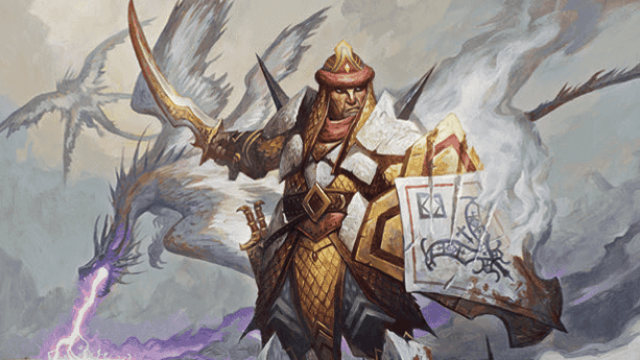
Protection allows you to give disadvantage to enemy attack rolls that target an ally adjacent to you, but only while you’re wielding a shield. This requires your reaction.
Protection is an awkward ability for Fighters to use consistently. The Fighter’s main reaction—while on the frontlines with a sword and shield—is their opportunity attack. Even without feats like Polearm Master or Sentinel, a Fighter is only scary to escape from because of opportunity attacks. So, spending a reaction to make it somewhat likelier that you’ll block a hit for your ally is almost never worth it, since it frees up foes to run around you like you don’t exist.
And that’s in the best case scenario. Much of the time, your allies will be getting into fights away from you. You might not be able to stand next to your Monk if they’re in too deep, or maybe your Rogue has decided to drift back and use their bow for a while. That’d leave you with a class feature that does nothing.
10. Interception
Interception works similarly to Protection. As a reaction, you can reduce damage taken by a nearby ally by d10 plus proficiency modifier points, as long as the damage came from an attack. You can use any melee weapon or shield to intercept, so it’s at least easier to use.
We rank this very slightly better than granting disadvantage, just because pure damage reduction is surprisingly rare in 5E. This means it stacks with disadvantage, or advantage, on the attack, giving your ally some guaranteed leeway.
However, it still needs a consistent melee ally who sticks to you like glue to make good use of it. And even then, you’re losing that opportunity attack that keeps enemies afraid.
9. Great Weapon Fighting
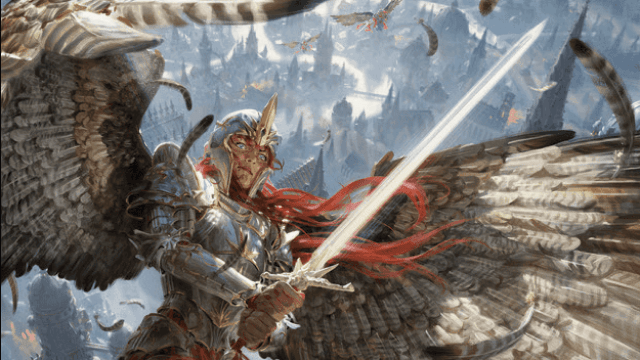
Great Weapon Fighting lets you reroll results of one or two on a weapon’s damage dice, keeping the new result.
This does a few things to the Fighter. For starters, it makes your only reasonable weapon a greatsword. Greatswords have the highest chance of rolling a one or two of any two-handed weapon, since they roll 2d6 instead of larger damage dice—such as the greataxe’s d12.
With a greatsword, this feature improves your damage by an average of one. It makes low-roll turns less common, but never outright prevents low rolls; you can roll a one and then reroll it into another one, for example.
For this reason, the feature only slightly improves your damage. Taking a defensive option is almost always an improvement, though much less flashy.
8. Blind Fighting
A unique type of Fighting Style, Blind Fighting gives you 10 feet of blindsight, allows you to ignore anything but total cover for sight purposes, and can see invisible creatures that aren’t hiding.
This is a really interesting fighting style, allowing the Fighter to have built-in options to invisible creatures or creatures in magical Darkness.
Sadly, it is relatively situational. While it isn’t uncommon to fight enemies who use blind tactics, it isn’t every fight, either. You’d much rather have a fighting style that is online all of the time.
However, if you think your campaign will be entirely underground and want to play a human, this can be an interesting way to counter your sight problems.
7. Two-Weapon Fighting

Two-Weapon Fighting adds your ability score modifier in damage to off-hand attacks. This is a fairly substantial damage boost to your bonus action, should you choose to wield two weapons.
However, out of all of the classes in the game, Two-Weapon Fighting is worst on the Fighter. The Fighter’s unique ability is their level 11 triple attack and level 20 quadruple attack. The single bonus attack you make with your other weapon gets outpaced relatively quickly.
In a dedicated, late-game Fighter strategy, it is better to consider alternative one-weapon options. However, if you plan on multiclassing or know the campaign will end sooner rather than later, this is a fine choice.
6. Unarmed Fighting
Unarmed Fighting lets you deal a d6 with your fists—or a d8 if you’re not holding anything—as well as a d4 whenever you grapple creatures.
This is a big buff to your unarmed strike damage (which is at one plus Strength modifier by default). It’s also a buff to the Monk’s unarmed strike damage until they reach higher levels, which is frankly just a bit sad. Poor unarmed friends. However, unlike the Monk, we don’t get much to synergize with unarmed strikes, and the system doesn’t exactly give out many enchantments that buff your accuracy while unarmed.
Still, this is a fascinating build-around feat. The Grapple damage especially works well with Tavern Brawler and ways to get advantage on Strength checks—like the Rune Knight’s Giant Might. This is a great way to build a Grappler-style Fighter that can also be a very viable anti-mage.
5. Superior Technique
Superior Technique gives you a Battle Master maneuver and one superiority die to use it with. This means that, unless you take Battle Master later, you’re getting one maneuver per short rest.
This is far from bad. Menacing Strike, for instance, gives the Fighter access to a high-damaging Frighten effect. Rally can give the Fighter a way to heal others once per rest, potentially saving a Cleric from death while also hammering foes with damage.
However, the lack of consistent damage makes it a bit awkward to use. It’s highly versatile, but that versatility comes at a cost.
4. Thrown Weapon Fighting
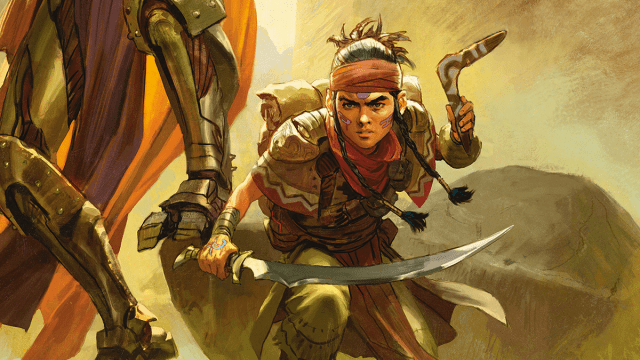
Another build-around feat similar to Unarmed Strike. Unlike Unarmed Strike, Thrown Weapon Fighting turns the build from almost unplayable to actually viable. Thrown Weapon Fighting lets the Fighter draw weapons during attacks made with thrown weapons and grants plus-two to damage with thrown weapons.
This is a very efficient Fighting Style that solves many of the problems with thrown weapons at once. Drawing and throwing a weapon in a single action is so good for your action economy, while the plus-two to damage definitely doesn’t hurt either.
This feat also synergizes well with Archery, Dueling, and Two-Weapon Fighting, since thrown weapons are also in the categories that those fighting styles benefit. Darts, for instance, can get the Archery bonus, while Handaxes can benefit from Dueling or Two-Weapon Fighting even if you’re chucking them around. This makes Champion a great choice for Thrown Weapon builds, as you can easily build up high amounts of damage or accuracy in a turn.
The only issue is that thrown weapons still tend to be headaches to handle. Magical weapons that come back to your hand are rare, so you’ll need a very nice DM to make the build shine.
3. Defense
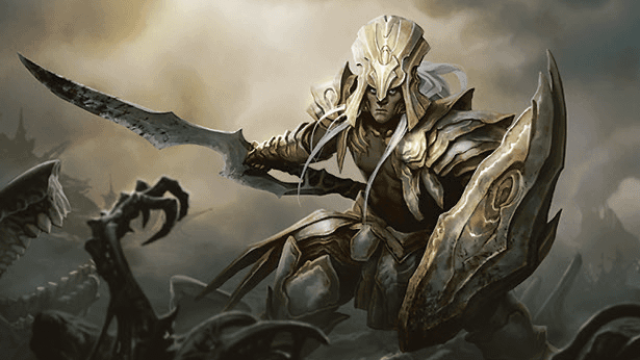
Defense gives a plus-one bonus to AC. We know, it’s extremely exciting.
Defense makes it this far up the list for two reasons. One, it applies to every build. If your character swaps from a Longsword to a Greatsword, they aren’t losing a single point of damage. An archer gets the same benefit from this as a frontline tank does.
Two, a plus-one to AC is actually quite significant. Going from 18 to 19 AC might sound small, but a five percent chance to not get domed by spells like Scorching Ray or a big Ogre or Dragon is worth considering. There aren’t too many ways to buff up your AC in 5E, and this one is very easily accessible.
If you don’t know what your build is yet, or if you’re going for a Two-Handed strategy and want to survive for more than six seconds on the frontlines, then Defense is here for you.
2. Dueling
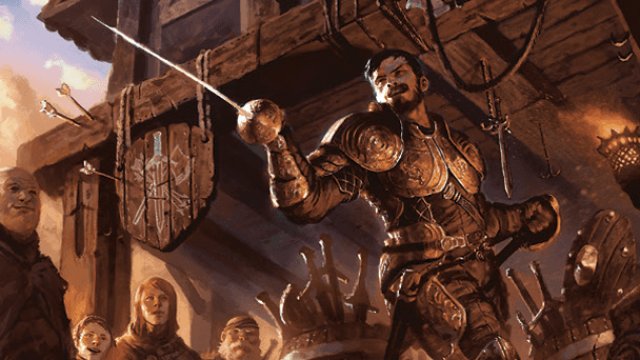
Dueling grants a plus-two bonus to damage when wielding a weapon in one hand. This damage bonus applies if you have anything that isn’t a weapon in your other hand, like a shield or a scroll.
This bonus is the epitome of what a good Fighting Style is, and all other styles have to compare themselves to it. Just a flat plus-two to damage on each attack is quite significant for a Fighter. By level 11, this is six extra damage every turn—assuming that you land every attack. That’s pretty big for a class feature in 5E that is non-archetypal.
The best part about this feature is that you’re basically doing a Greatsword’s worth of damage while having the plus-two AC from a shield. This means you’re a big threat and are very hard to put down. It’s an effective combo that the Fighter has been riding for a while.
1. Archery
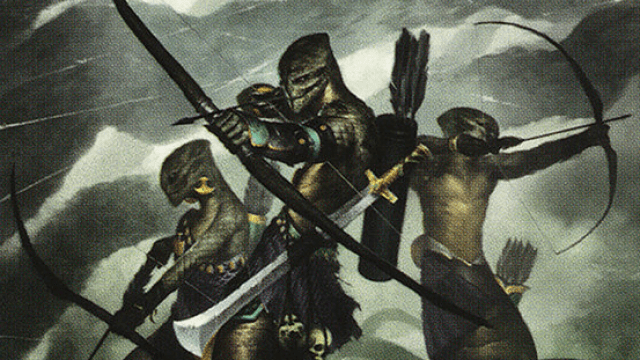
The Archery style approaches Fighting Styles in a way only Blind Fighting emulates; by improving accuracy. Archery gives a plus-two to ranged attack rolls that use ranged weapons. Most commonly, this is a longbow.
This works excellently for the Fighter because of how intrinsically damage is tied to accuracy. By having an extra 10 percent chance to hit per turn, you’re going to be rolling sixes and sevens and still hitting with some room to spare.
That also means you can make use of the Sharpshooter feat—which sacrifices five in your attack roll to grant +10 to damage—to deal massive damage more consistently. This feature lowers the penalty of that feat to minus three, which is much more manageable than the original minus five.
The only downside of this feat is that you’re basically locked into ranged options, so make sure you’re the only person who wants them in your party.





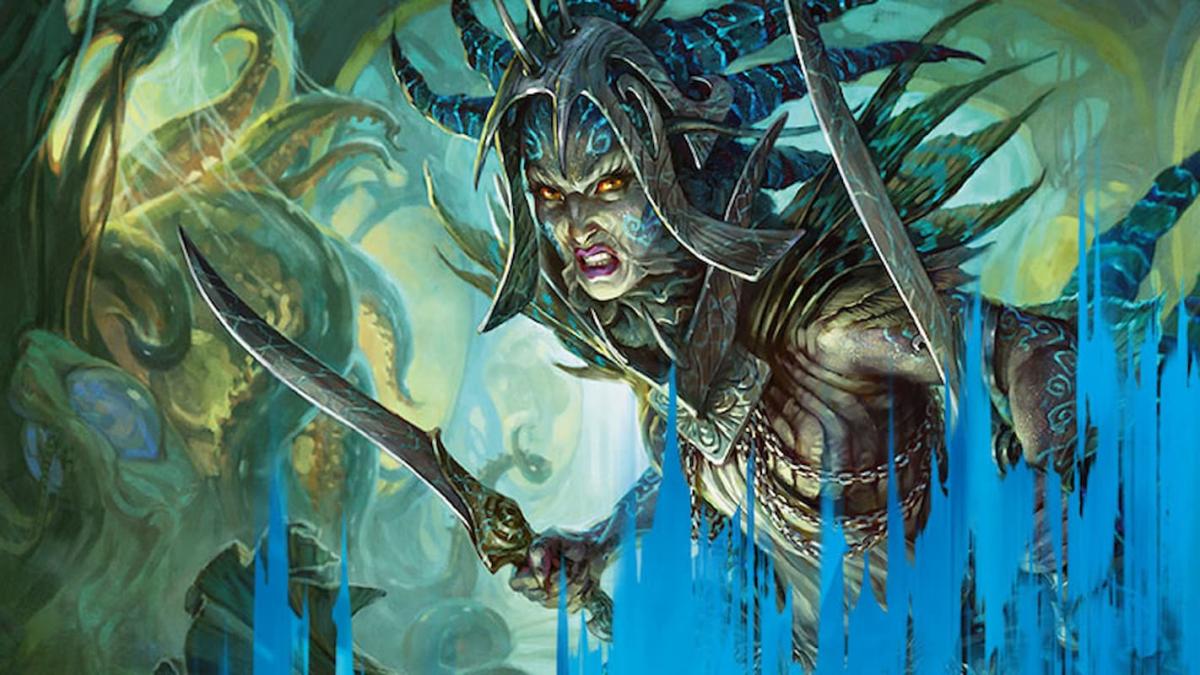
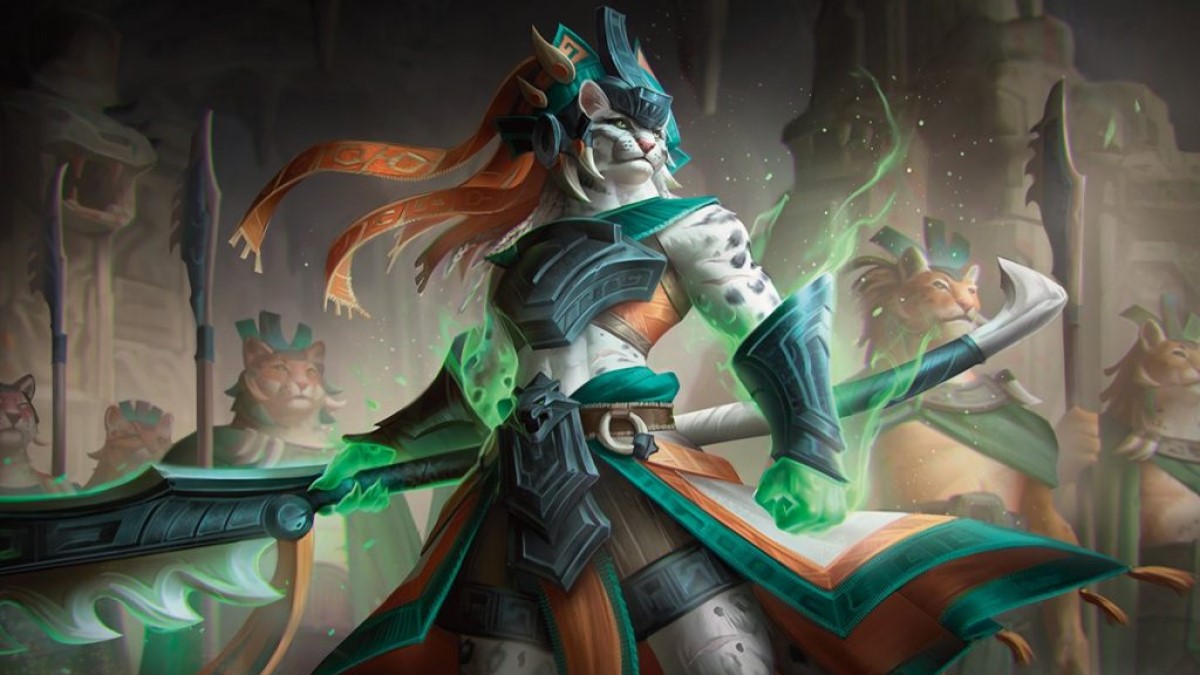
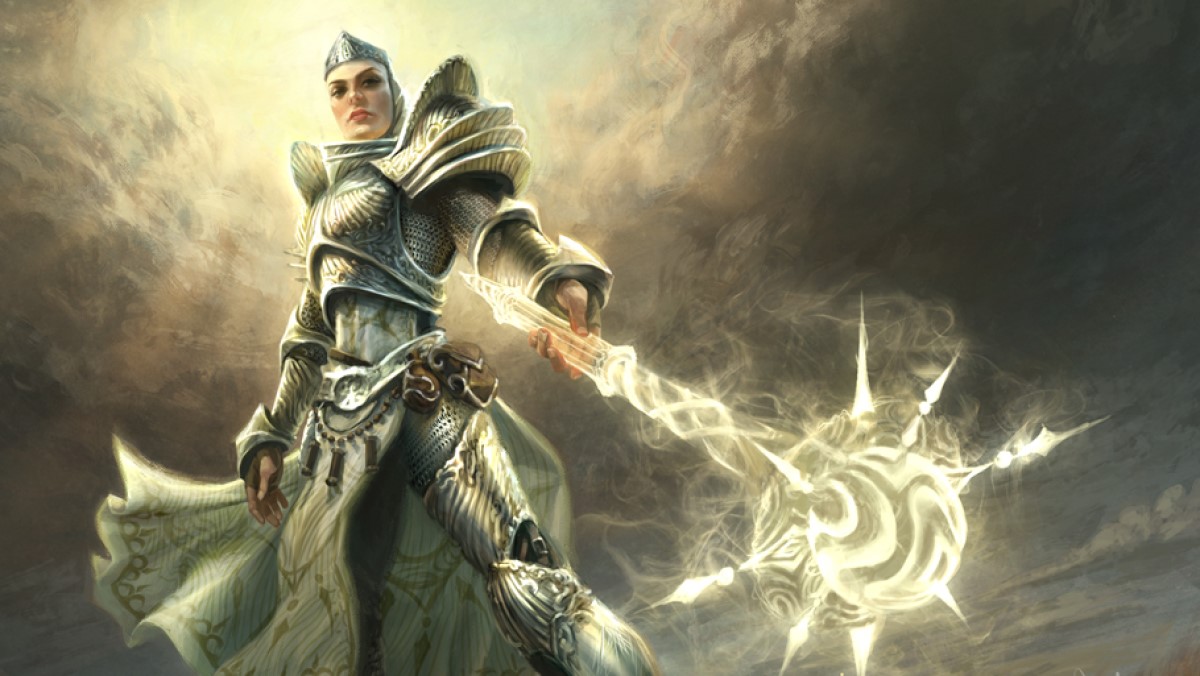

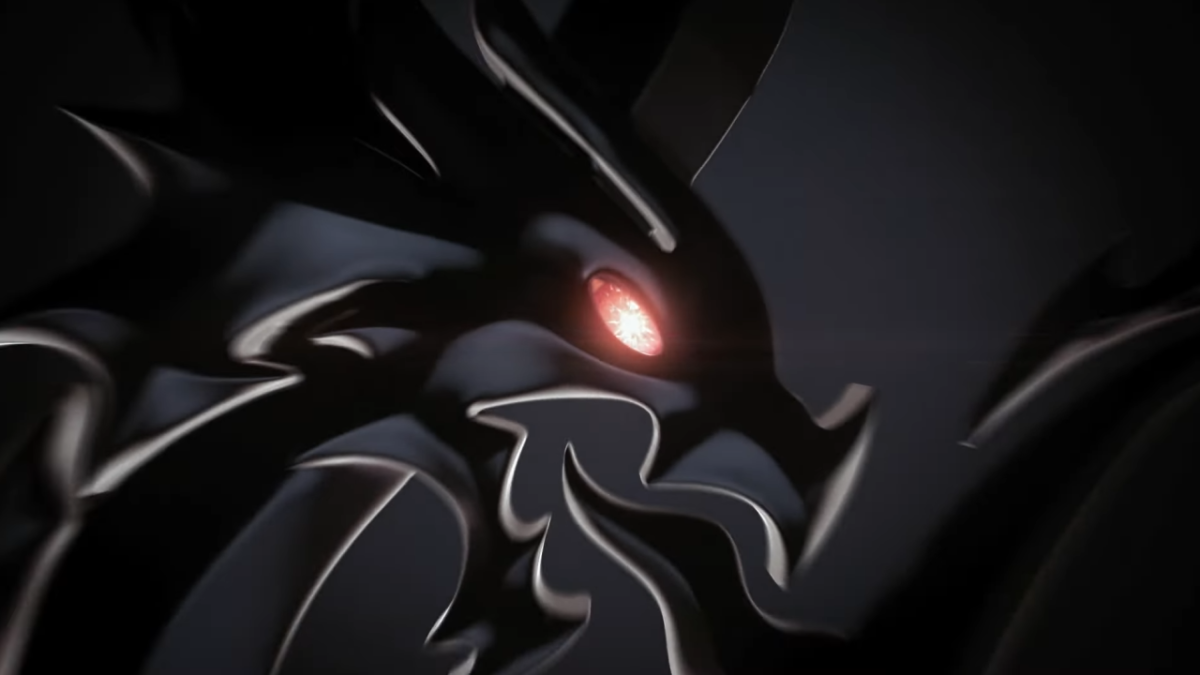


Published: Oct 8, 2023 08:11 am